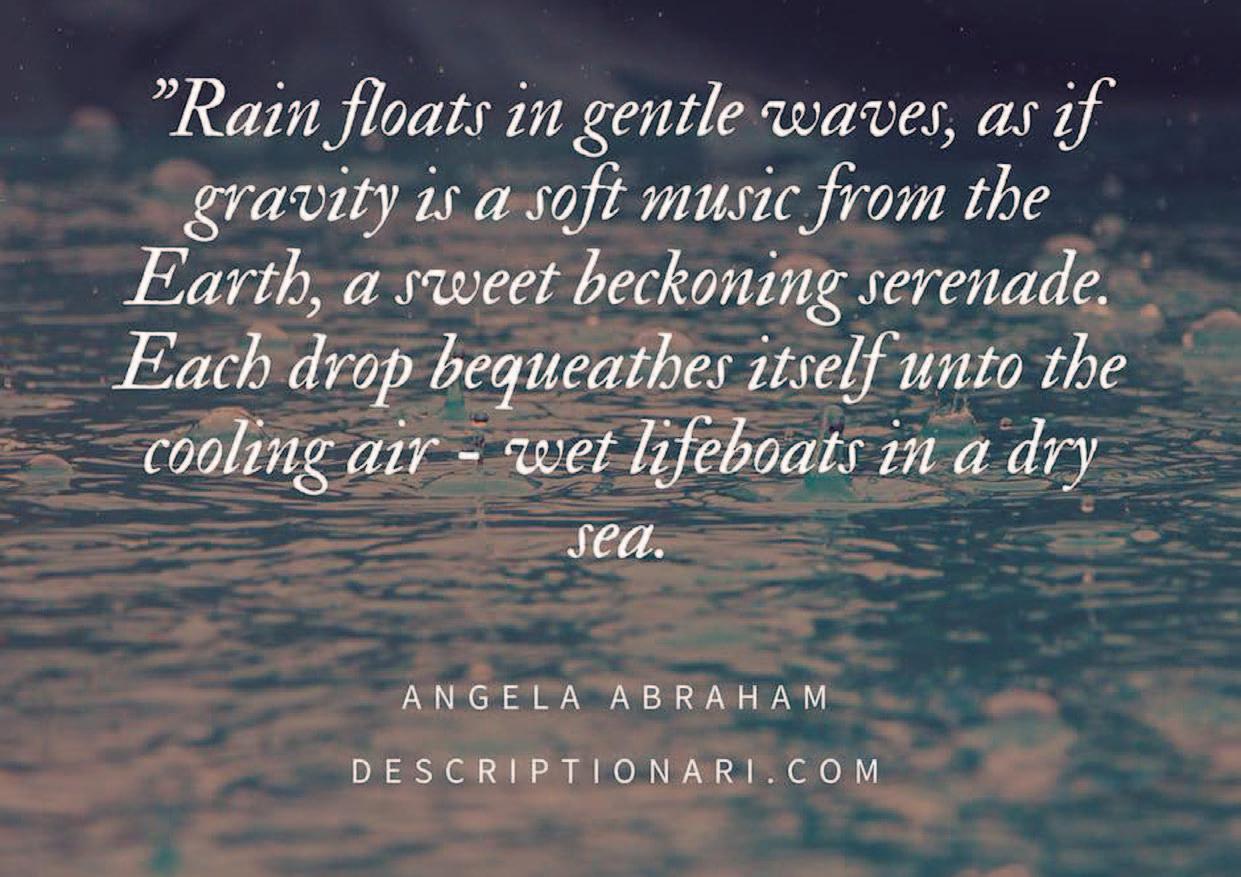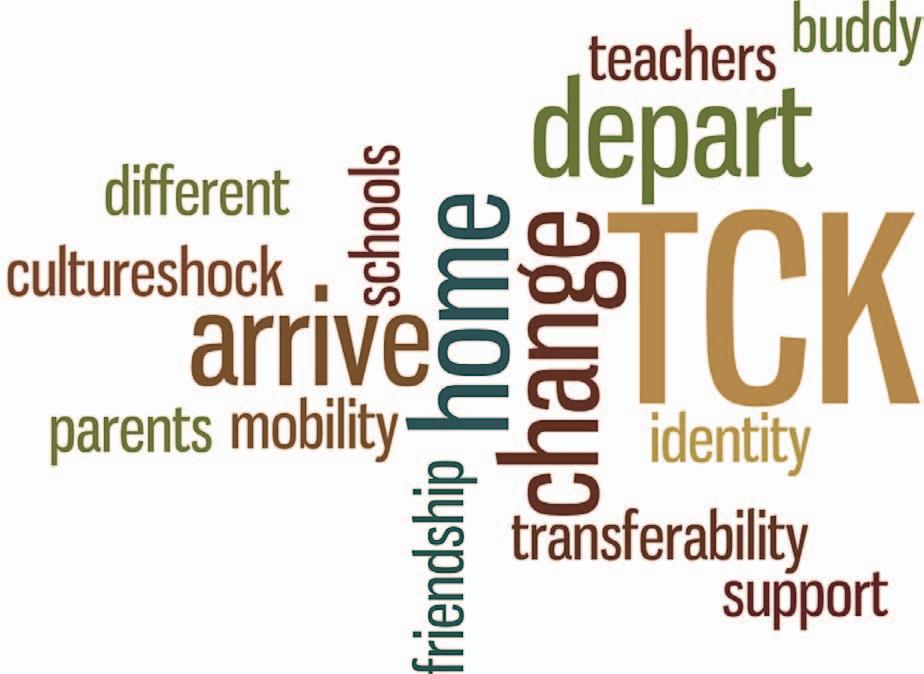Curriculum, learning and teaching
A case for close reading Hermione Paddle looks at the international aspect
Exploring successful strategies when approaching close reading As an IB Diploma classroom teacher of Literature, and Language and Literature, I have identified several different skills that proficient students use in their writing. Such approaches include being able to understand tone and atmosphere, as well as understanding character and exploring stylistic choices. Table 1 is a summary of how tone, character and other stylistic features can be successfully analysed in close reading. Writing aspect
Explanation
Example
Comprehending tone
Understanding the author’s creation of tone, mood and atmosphere is integral to understanding the overall meaning behind the text
The casual and detached tone is also established by the dialogue between the two characters. Every expression is ended with ‘he said’ or ‘she said’ and this repetition takes out the emotion, and an interpretation of the character’s feelings is almost impossible because there is no variety describing what they say.
Strong commentary writing is also able to draw inferences about character traits.
She describes the cat by comparing his eyes to those of the famous magician Houdini to emphasize on the rather mysterious, eerie and intimidating look the cat seems to have.
Successful commentary writers identify literary features and comment on the effects these have on the reader.
The author connects the idea of a vast cold landscape with the landlady, illustrating that her bitter, frosty exterior creates a feeling of anxiety in the speaker.
Comprehending character
Understanding stylistic choices
Table 1: Successful examples of how tone, character and literary features can be explored in close reading.
To develop critical ideas about tone, understand character and understand stylistic choices, useful strategies for teachers can include focusing on:
26
• articulating and reflecting on extracts verbally, as focusing on oral expression often removes student intimidation • discussing interpretations as a group because sharing, comparing, analysing and finding patterns together helps students bounce ideas off each other • closely scrutinising specific words and short phrases to develop understanding of mood, atmosphere and meaning • using contrasting uses of a term in alternate readings and exploring the different effects these can have. Problematic approaches International students often face problems with close reading, including mechanically applying literary terms, failing to comprehend nuances in language, and making judgements about the writer’s work. Table 2 shows three typical problems that students often encounter during close reading. Writing aspect
Explanation
Example
Routinely listing literary devices
Listing techniques one by one can often create a stultified response and a disconnected feel, and can suggest analysis that lacks authenticity and engagement.
This passage uses similes, metaphors and personification.
Failing to comprehend complex vocabulary
Complex vocabulary and text with a high lexical density can create a barrier to understanding in close reading.
He describes the man rather mysteriously when he compares him to animals: ‘bear-like’, which leads to the conclusion that either he is very big or has a lot of facial hair.
Making judgements
While critical evaluation is encouraged, students should avoid thinking that this means ‘fault-finding’ and condemning an author’s writing.
The title of the poem, though suitable for the most part of it, can be seen as too simplistic and not fully reflecting the deep, personal emotions that the child experienced.
This essay is how the writer uses hyperbole, metaphor and tone.
Table 2: Problematic examples of how listing literary devices, misunderstanding key words and misinterpreting or judging texts can be undertaken by students in close reading.
To help students to avoid structural issues, understand complex language and avoid making judgements, useful strategies for teachers can include focusing on: • encouraging students to construct arguments and commentaries around ideas rather than devices • how the extract explores loneliness, desperation and desire and then focus each of their paragraphs on these three ideas, finding stylistic choices that help convey this • encouraging wider reading of the literary canon and undertaking close reading on difficult passages Spring |
Autumn
Close reading is a literary skill in which students investigate short extracts of text. Through their deliberate reading of prose or poetry, students develop structured commentaries that appreciate various aspects of the text, including form, style, tone, figurative language and syntax. As a teaching strategy, close reading works especially well for students in an international context – in both the primary and secondary domain. Since it is skills-based, students merely interpret the language without having to memorise quotations or narrative, contextual details. Close reading is commonly used in literature examinations to test students’ responsiveness to what they read, and their knowledge of the technical language used to describe the way literary texts create effects. In the International Baccalaureate (IB) Diploma Programme, students study courses in language and literature and are examined on their close reading skills.
| 2018



















